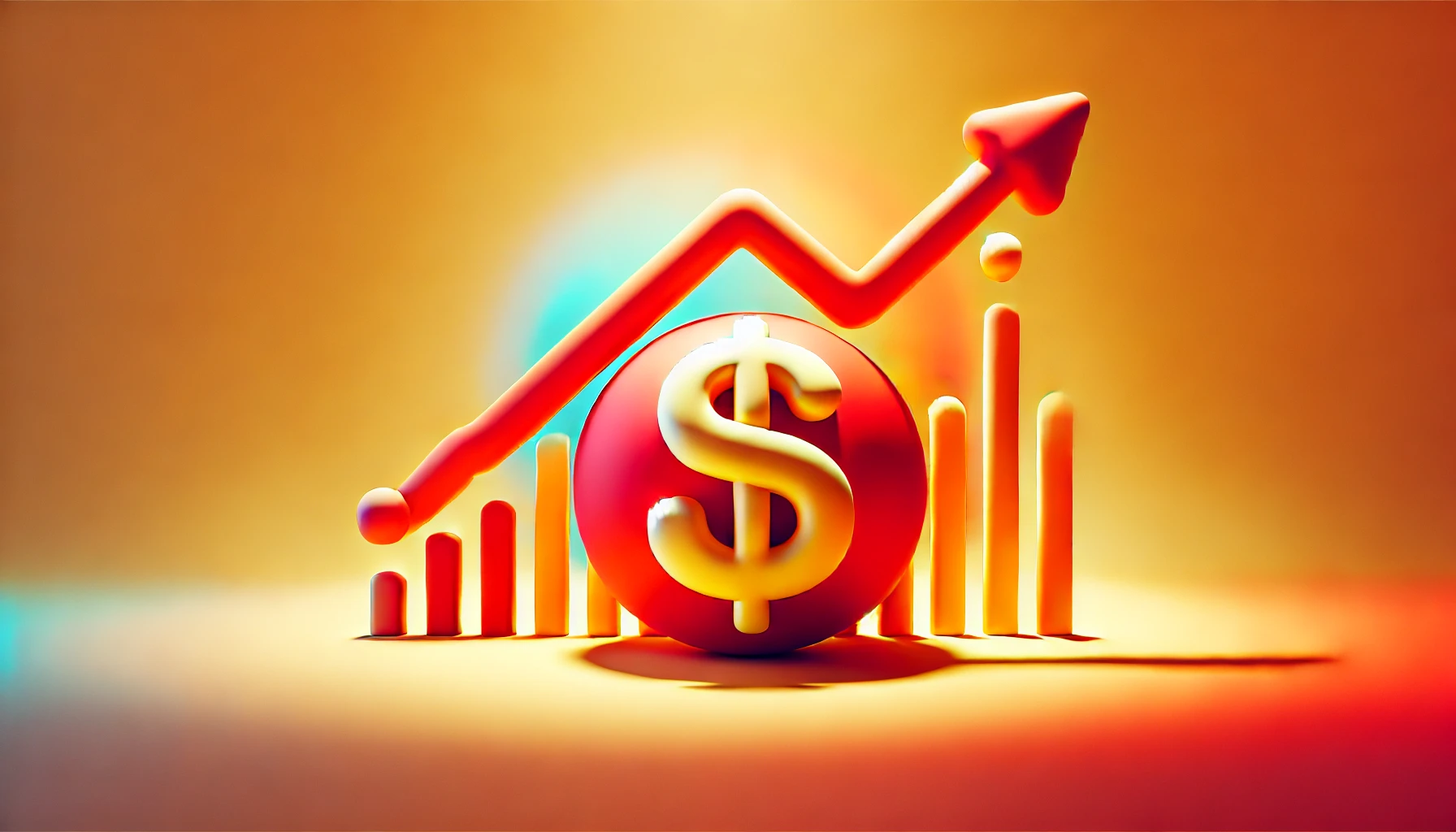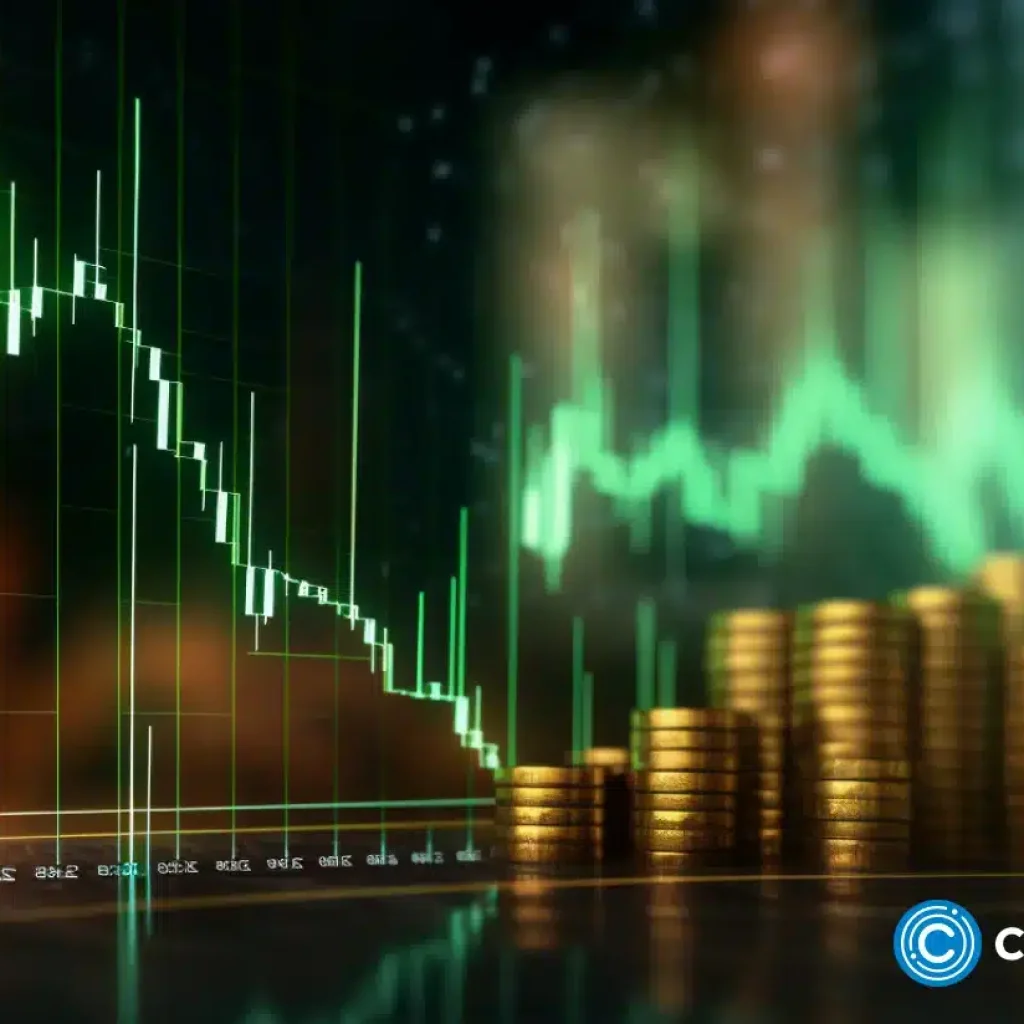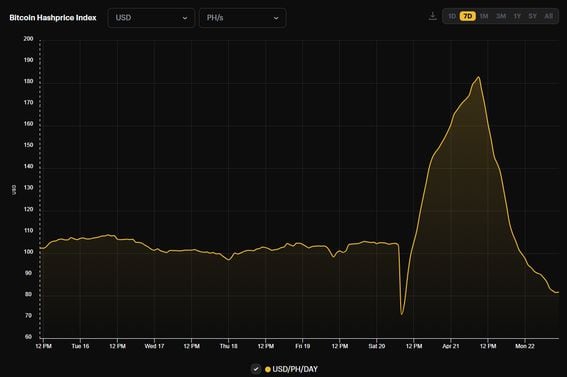Tuesday was a good day for the stock market, with strong performances across the board. This was all thanks to the latest U.S. wholesale inflation report, which looked pretty decent at first glance.
But hold your horses—investors need to be cautious here. The Producer Price Index (PPI) doesn’t have much to do with the Consumer Price Index (CPI), which is what really moves the market.
The PPI for July showed a tiny 0.1% bump, less than what experts predicted. But just because the PPI didn’t go wild doesn’t mean the CPI will follow suit when it drops on Wednesday.
Financial markets overreact to PPI every single month, which is crazy since it doesn’t matter as much as CPI.
Interestingly, if the CPI report for July does what investors are hoping for, the Federal Reserve might start thinking about cutting rates next month. This could give the stock market another boost.
The S&P 500 ended the day almost 2% higher, the Nasdaq shot up 2.4%, and the Dow Jones added more than 408 points, or 1.04%.
Not too shabby considering the lows we saw on August 5th, when the Dow and S&P 500 had their worst one-day pullbacks since 2022.
The market’s odd response to inflation data
The news about inflation on Tuesday was good, but everyone’s fingers are crossed for the CPI report from the Labor Department on Wednesday.
If the CPI backs up what the PPI showed, then maybe—just maybe—the spike in prices we saw earlier this year was just a fluke, or the last gasp of inflation before it finally dies down.
If the CPI report looks positive, the Federal Reserve might finally take a break from worrying about inflation and start dealing with other problems, like the slowing labor market.
Most of Wall Street think the Fed will change gears in September, moving from a tight policy focused on fighting inflation to a looser one to stop the job market from tanking.
Economists surveyed by Dow Jones expect the CPI to show a 0.2% increase as well, both in the all-items reading and the core measurement that excludes food and energy.
But the 12-month rates are expected to be 3% and 3.2%, which, while down from the highs of mid-2022, are still not quite where the Fed wants them to be.





